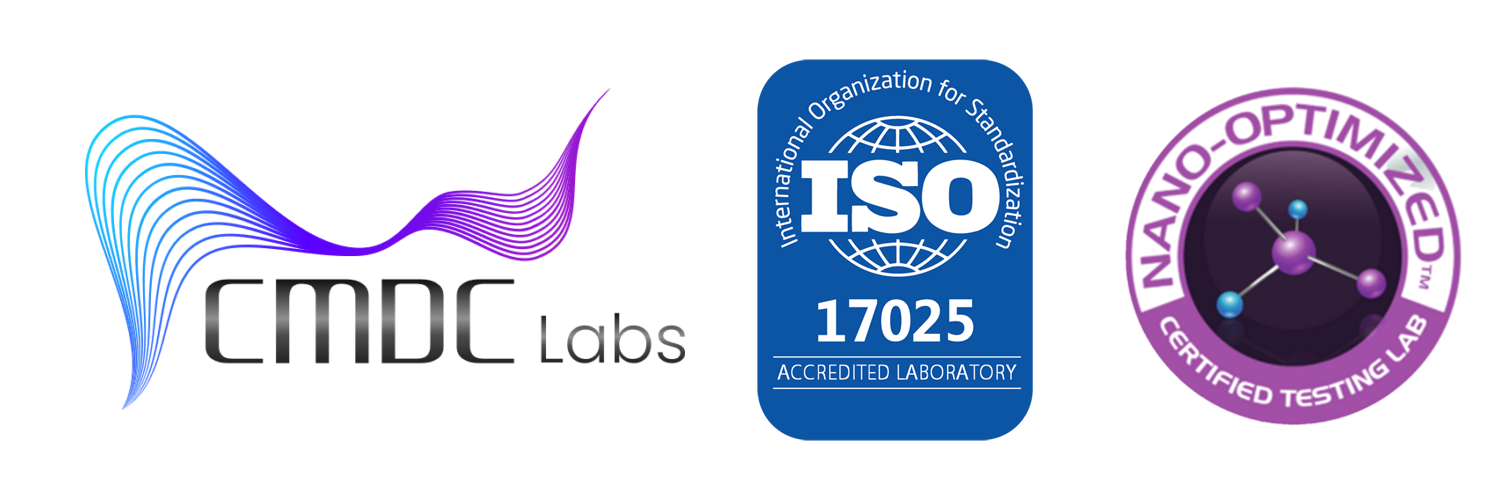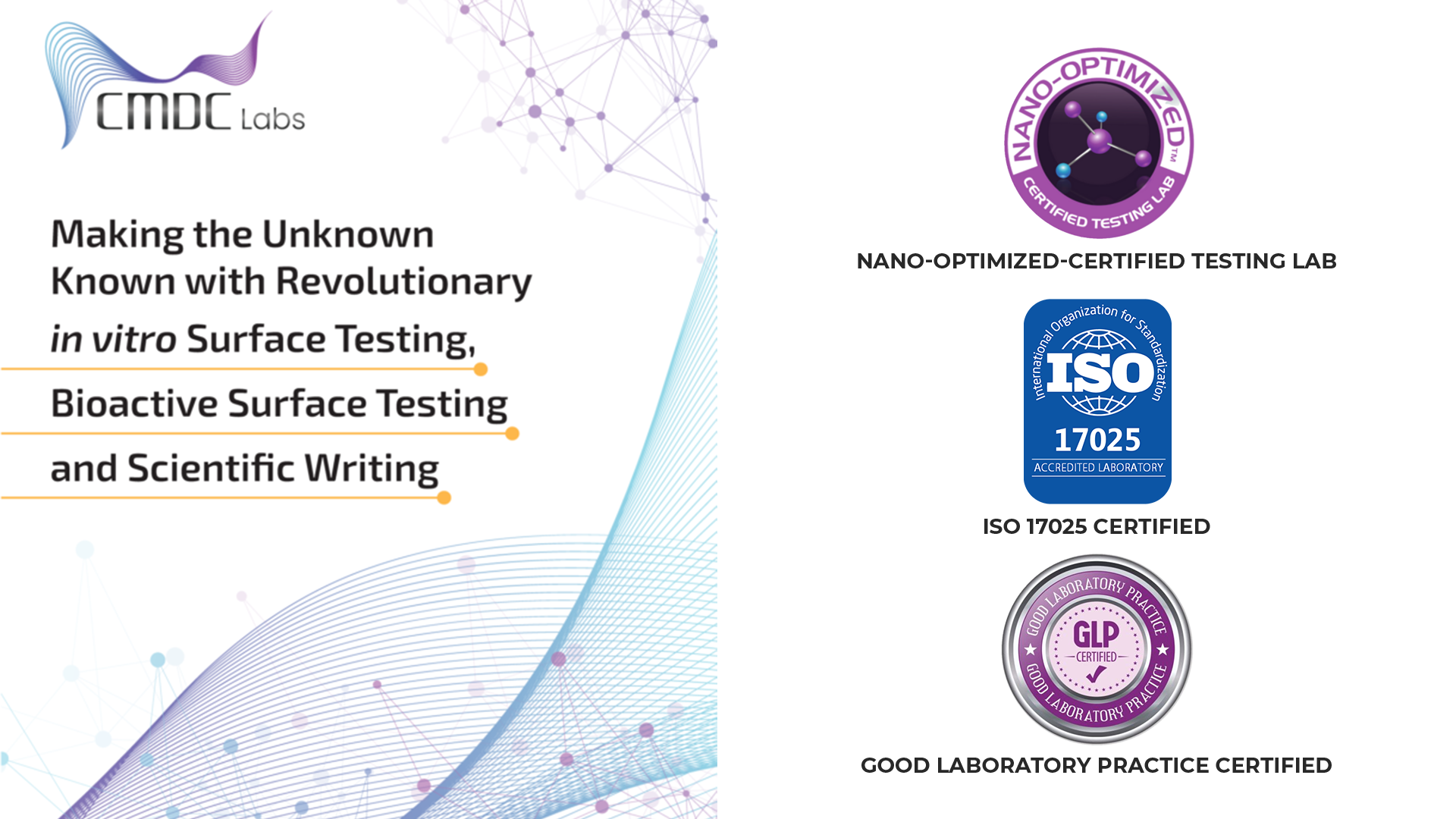In recent years, the landscape of drug development and medical device testing has been significantly shaped by the innovations in in vitro testing. In vitro testing refers to experiments conducted on biological substances outside of a living organism, usually in controlled laboratory environments, such as petri dishes or test tubes. These methods allow for more precise, controlled, and ethical assessments of drug efficacy, toxicity, and device functionality.
Historically, drug and medical device development relied heavily on animal testing, which posed not only ethical challenges but also limitations in predicting human responses. With advancements in science and technology, in vitro testing has emerged as a promising alternative, offering several benefits: from reducing the reliance on animals to increasing the accuracy and efficiency of the testing process.
As the industry continues to demand faster, more effective, and more humane testing methods, in vitro screening technologies have undergone significant innovations. These innovations are fundamentally transforming how new drugs and medical devices are developed and tested. They help researchers better understand mechanisms of action, screen for potential risks, and personalize treatments, all while reducing costs and timelines.
In this article, we will explore the cutting-edge innovations in in vitro testing, the role they play in drug and medical device development, and how they are improving the overall efficiency, safety, and regulatory compliance of the industry. We will also look at some of the key advancements in screening methods that are enabling breakthroughs and setting the stage for the future of healthcare development.
1. The Evolution of In Vitro Testing
In vitro testing has a long history in biomedical research. From early tissue culture techniques to today’s sophisticated models, in vitro testing has continually evolved to better simulate biological processes.
A. Early In Vitro Models
The earliest in vitro testing methods were relatively basic, involving the culture of cells in nutrient-rich media. These models allowed researchers to study the effects of different substances on isolated cells and tissues. Early experiments focused on understanding cell behavior, the effects of toxic compounds, and basic drug interactions.
However, these models had significant limitations. For instance, traditional 2D cell cultures often failed to replicate the complexity of human tissues, making it difficult to predict real-world biological responses. Despite these drawbacks, in vitro testing remained an essential tool for screening chemicals and assessing toxicity.
B. The Rise of 3D Cell Cultures
As our understanding of cellular biology advanced, researchers recognized the need for more complex models that better mirrored the behavior of tissues in vivo (within living organisms). This led to the development of 3D cell cultures, which use three-dimensional structures to mimic the architecture and function of real tissues.
3D cultures have allowed for more accurate predictions of how drugs or medical devices will interact with human tissues, improving the reliability of the results. These cultures also promote better cell differentiation, allowing researchers to study specific cell types such as neurons, heart cells, or liver cells.
With these advancements, in vitro testing began to more closely approximate the behavior of cells in living organisms, offering a more reliable means of screening for drug efficacy and safety.
2. Cutting-Edge Innovations in In Vitro Testing
The in vitro testing landscape has undergone significant transformations in recent years due to technological advancements. Innovations in screening technologies, organ-on-a-chip models, and high-throughput testing are leading the way in drug discovery and medical device development.
A. Organ-on-a-Chip Technology
One of the most exciting developments in in vitro testing is the emergence of organ-on-a-chip (OOC) technology. These tiny, microfluidic devices simulate the functions of human organs by housing living cells within a system that mimics the mechanical and biochemical environment of the human body. OOC devices can replicate the complexity of organs such as the heart, liver, lungs, and kidneys—allowing researchers to study organ-level drug interactions and toxicology in a much more dynamic way than traditional methods.
For example, the lung-on-a-chip can replicate the effects of inhaled drugs or air pollution, providing a more accurate model for respiratory studies. Similarly, liver-on-a-chip systems help test how drugs are metabolized and can predict potential toxicity before clinical trials. By allowing for real-time monitoring of cell behavior in a controlled environment, OOC technology is a game-changer for drug development, reducing the reliance on animal models and improving the accuracy of human predictions.
B. High-Throughput Screening (HTS)
High-throughput screening (HTS) is another innovation that has revolutionized drug discovery. HTS involves using automated systems to rapidly test large numbers of chemical compounds or drugs in a short period. This technology is crucial for identifying lead compounds early in the drug development process. By screening thousands of compounds at once, researchers can quickly narrow down the most promising candidates for further development.
HTS also facilitates the use of 3D cell models and organ-on-a-chip systems, enabling more accurate screening of drug candidates. These systems can rapidly test the efficacy and safety of compounds, allowing researchers to make informed decisions about which drugs to advance in the pipeline.
C. 3D Bioprinting for Personalized Medicine
Another major advancement in in vitro testing is 3D bioprinting, which allows for the creation of complex, customized tissue models. By printing cells in layers, researchers can create tissue-like structures that mimic the architecture of real organs. These bioprinted tissues are being used for drug screening, disease modeling, and even regenerative medicine.
Bioprinting enables the development of personalized medical treatments. For instance, scientists can print a patient’s own cells to create personalized models of their tissues, allowing for precise testing of how they might respond to specific drugs or treatments. This has the potential to reduce the trial-and-error approach that currently dominates drug prescription and therapy, leading to more targeted and effective treatments.
D. CRISPR and Gene Editing
Advances in gene editing technologies, particularly CRISPR-Cas9, have also had a profound impact on in vitro testing. CRISPR allows for precise editing of genes within living cells, enabling researchers to model diseases more accurately and study the effects of gene mutations on drug efficacy and toxicity. By using CRISPR to edit human cells in vitro, scientists can create disease models for conditions such as cancer, Alzheimer’s, or cystic fibrosis, providing a more accurate way to screen drug candidates.
Gene editing also allows for the development of humanized models, where genes are modified to reflect human diseases more closely, improving the predictive value of in vitro testing.
3. How In Vitro Testing is Transforming Drug Development
A. Reducing Time and Costs in Drug Discovery
One of the primary challenges in drug development is the time and cost associated with preclinical testing. Animal models, clinical trials, and lengthy testing procedures can delay the process of getting new drugs to market. In vitro testing, particularly high-throughput screening and organ-on-a-chip models, can significantly reduce the time and cost of drug discovery by quickly identifying promising drug candidates and providing more accurate safety and efficacy data.
By identifying lead compounds early in the process and screening for potential risks, in vitro testing helps to eliminate drugs that are unlikely to succeed, focusing resources on the most promising options.
B. Improving Drug Safety and Efficacy
In vitro testing improves drug safety by identifying toxic compounds and assessing pharmacokinetics (how a drug is absorbed, distributed, metabolized, and excreted in the body). With innovations in 3D cell cultures, organ-on-a-chip systems, and gene editing, scientists can test drug candidates with much greater precision, ensuring that they target the right receptors, work in the intended tissues, and avoid harmful side effects.
Incorporating patient-specific cells or tissue models into testing also leads to better predictions of drug efficacy across diverse patient populations. This helps in reducing the failure rate in clinical trials by better identifying candidates that are most likely to succeed in humans.
C. Supporting Regulatory Compliance
Regulatory bodies, such as the FDA and EMA, are increasingly recognizing the value of in vitro testing. As a result, the use of advanced in vitro methods is becoming more accepted as part of the regulatory submission process. Regulatory agencies are incorporating guidelines for alternative testing methods that reduce animal use and support ethical, cost-effective, and accurate drug development.
In vitro testing provides regulators with more reliable data on the safety and efficacy of new drugs, medical devices, and biologics, helping speed up approval processes and ensuring patient safety.
4. How In Vitro Testing is Shaping Medical Device Development
In vitro testing is not only transforming drug discovery but also playing a crucial role in the development of medical devices. Medical devices, such as implants, diagnostics, and surgical instruments, must undergo rigorous testing to ensure they are safe and effective. In vitro testing allows manufacturers to evaluate the biocompatibility, sterility, and performance of medical devices before they are used in clinical settings.
A. Biocompatibility Testing
Biocompatibility testing assesses how a device interacts with human tissues. By using in vitro models, researchers can determine whether a medical device, such as a pacemaker or catheter, will cause an adverse reaction when implanted in the body. Advanced screening techniques like 3D cell cultures and organ-on-a-chip systems enable more accurate assessments of device safety, helping to reduce risks for patients.
B. Infection Risk and Sterility
In vitro testing is crucial for assessing the potential risk of infection associated with medical devices. By using microbial cultures, scientists can evaluate how sterilization processes and materials used in medical devices prevent bacterial or fungal growth. Ensuring sterility is vital for preventing postoperative infections in patients who undergo surgery or treatment with medical devices.
5. The Future of In Vitro Testing
The future of in vitro testing looks incredibly promising, with innovations that promise to revolutionize the field. From personalized medicine to advanced bioprinting, the capabilities of in vitro testing will continue to expand, offering new opportunities for drug and medical device development. As technology advances, we can expect more precise, faster, and ethically sound methods of evaluating potential treatments, ultimately improving patient outcomes.
Conclusion
The innovations in in vitro testing are reshaping the future of drug and medical device development. With advanced screening methods, 3D cell cultures, organ-on-a-chip models, and gene editing, in vitro testing offers unprecedented precision in evaluating the safety and efficacy of new drugs and medical devices. By reducing the reliance on animal testing, cutting costs, speeding up timelines, and improving patient outcomes, these advancements hold the key to safer, more effective treatments.
As the industry continues to evolve, the adoption of in vitro testing will play a critical role in accelerating medical breakthroughs, improving regulatory compliance, and ultimately enhancing public health worldwide.

